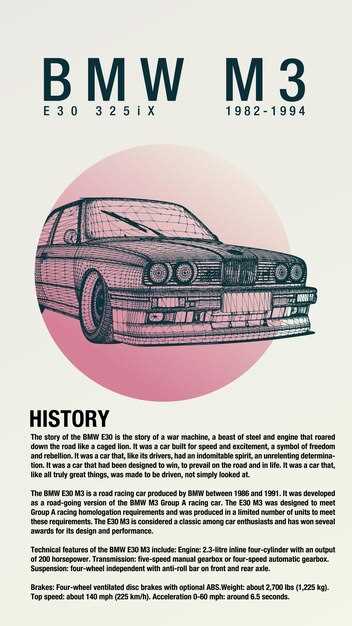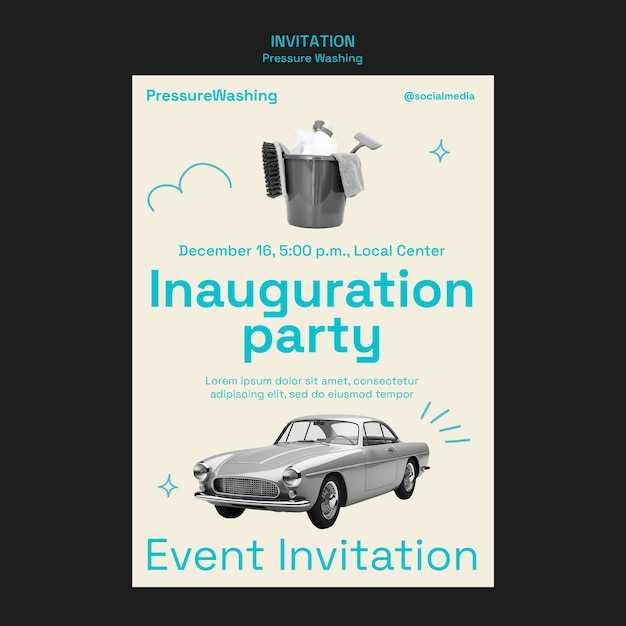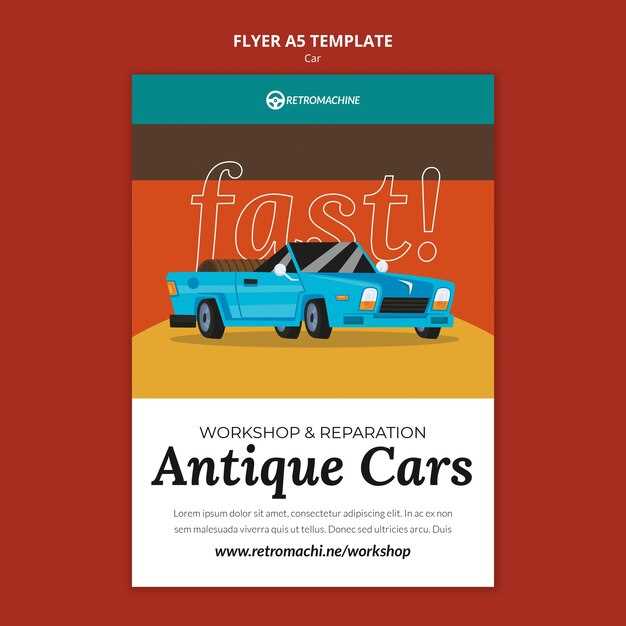How to Write About Classic Cars for Magazines

Crafting compelling articles about classic cars requires a keen understanding of the subject and the ability to engage readers. Classic cars are not merely vehicles; they embody history, craftsmanship, and a passion for automotive excellence. This article will provide essential tips for writers looking to create captivating content in the realm of classic cars.
One of the fundamental aspects of writing about classic cars is to focus on the unique stories behind each model. Every classic car has a rich history that can intrigue readers. Researching the background of the vehicle, including its design, production, and significant events in its life, can provide a captivating narrative for your articles. By highlighting these details, you can draw readers into the fascinating world of classic automobiles.
Another crucial tip is to emphasize the emotional connection enthusiasts have with these cars. Classic cars often evoke nostalgia and passion among their owners and fans. Understanding this emotional aspect can help you connect with your audience on a deeper level. Including personal anecdotes from car owners or insights from collectors can make your articles more relatable and engaging.
Finally, ensuring that your articles are well-structured and visually appealing will enhance reader engagement. Use clear headings, subheadings, and bullet points to make the text easy to digest. Incorporating high-quality images of classic cars can also create a more visually stimulating experience for readers. Following these tips will not only improve the quality of your articles but also ensure that your passion for classic cars resonates with a wider audience.
Researching Classic Car History for Authentic Content
When writing articles about classic cars, it’s essential to delve into their history to produce authentic and engaging content. Begin your research by exploring various reliable sources such as books, documentaries, and reputable online databases that focus on automotive history. Libraries often have dedicated sections for classic cars, providing both primary and secondary resources that can enrich your articles.
Utilize specialized forums and communities filled with classic car enthusiasts. These platforms often contain firsthand accounts and personal stories that can add depth to your writing. Engaging with these communities not only helps in gathering unique information but also allows you to connect with knowledgeable individuals who can offer tips for your articles.
Another vital aspect is to focus on specific models, manufacturers, and historical contexts. Understanding the design philosophies, market trends, and cultural significance of various cars will enhance the authenticity of your content. Make sure to cross-reference multiple sources to verify facts and avoid misinformation.
Additionally, consider reaching out to classic car restorers and collectors for interviews. Their insights can provide a unique perspective that enriches your articles. Remember to take thorough notes during conversations and ask for clarification on technical details to ensure accuracy.
Lastly, keep an organized system for your findings. Document your sources and categorize information by topics to streamline the writing process. This approach will not only save you time but will also help in crafting well-rounded articles that resonate with your audience.
Techniques for Captivating Your Audience with Classic Car Stories

Writing engaging articles about classic cars requires a mix of storytelling techniques and a deep understanding of your audience’s interests. Here are some effective tips to enhance your writing.
First, start with a strong hook. An intriguing opening line can instantly capture attention. Consider sharing a surprising fact or a personal anecdote related to the classic car you are discussing. This personal touch helps create a connection with readers.
Next, incorporate vivid descriptions. Use descriptive language to paint a picture of the car’s design, history, and significance. Highlight unique features, such as the craftsmanship or technological advancements, to evoke emotions and ignite nostalgia.
Additionally, intertwine historical context with personal stories. Explore the era in which the car was built and how it influenced pop culture, fashion, or transportation. This approach not only informs but also contextualizes the car’s importance, making readers feel more invested in the narrative.
Don’t forget to include quotes and anecdotes from car enthusiasts, collectors, or industry experts. Their perspectives add authenticity and variety to your articles, showcasing different angles and fostering a sense of community among readers.
Finally, encourage reader engagement. Ask questions, invite comments, or suggest ways for readers to share their own classic car experiences. This interaction transforms your article from a one-way communication to a dialogue, enriching the overall experience.
Utilizing Visuals and Layouts to Enhance Classic Car Articles

In the world of classic cars, visuals play a crucial role in capturing the essence and allure of these timeless machines. To create engaging articles, consider incorporating high-quality images that showcase intricate details, stunning angles, and historical context. Utilize photographs taken from various perspectives, including close-ups of the interior, exterior profiles, and engine compartments, to provide readers with a comprehensive view.
When selecting visuals, opt for images that evoke nostalgia and reflect the era of the vehicles discussed. Black and white photographs can add a classic touch, while vibrant colors can highlight the beauty of restored models. Additionally, use comparison shots to illustrate before-and-after restorations, captivating readers with the transformation process.
Layouts are equally important in enhancing the readability and overall appeal of classic car articles. Employ a clean, structured format that allows visuals and text to complement each other. Utilize white space effectively, as it prevents clutter and enables readers to focus on essential elements. Consider breaking up long paragraphs into shorter ones, accompanied by sidebars or pull quotes featuring interesting facts or tips related to classic cars.
Incorporating infographics can also be an effective way to present technical data or historical timelines in a visually appealing manner. Graphs showing production numbers or performance comparisons can engage readers while providing valuable insights. Remember, the goal is to create a harmonious balance between text and visuals, enhancing the readers’ experience and drawing them deeper into the world of classic cars.



